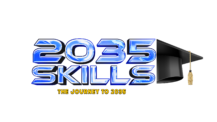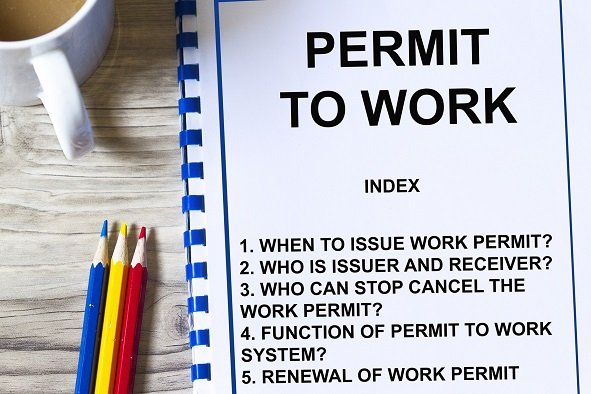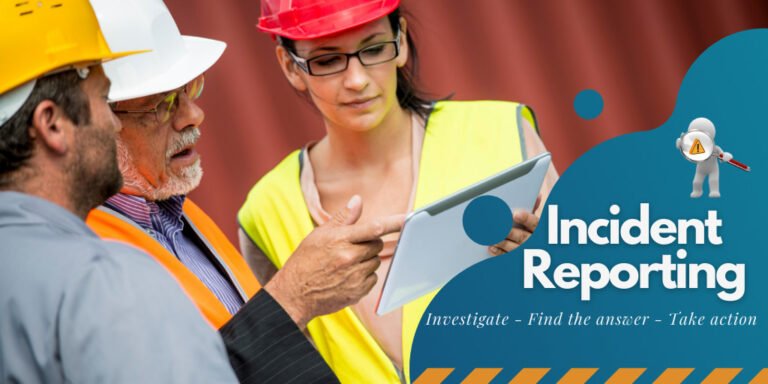Equipment Inspection and Maintenance – 12 Modules | One Day USD: 150/- and Two Day USD: 250/- Per Pax.
Description
Module 1: Introduction to Equipment Safety
- Importance of inspection and maintenance in preventing accidents
- Common causes of equipment failure
- Legal and organizational requirements (OSHA, ISO 45001, manufacturer guidelines)
Module 2: Types of Equipment and Their Risks
- Mechanical, electrical, lifting, and pressure equipment
- Mobile and stationary machinery
- Critical equipment identification
Module 3: Inspection Fundamentals
- Purpose of inspections (pre-use, routine, periodic, and special)
- Visual and functional inspection techniques
- Use of inspection checklists and reporting tools
Module 4: Preventive vs. Corrective Maintenance
- Differences and advantages of preventive maintenance
- Predictive maintenance using monitoring tools
- Managing breakdown and emergency repairs
Module 5: Inspection Schedules and Planning
- Developing and following inspection schedules
- Frequency based on risk, use, and manufacturer recommendations
- Recordkeeping and tracking systems
Module 6: Tools and Instruments for Inspection
- Measurement devices (calipers, gauges, multimeters, etc.)
- Condition monitoring tools (vibration, temperature, pressure)
- Calibration and maintenance of inspection tools
Module 7: Identifying and Reporting Defects
- Recognizing wear, corrosion, cracks, and misalignment
- Criteria for taking equipment out of service
- Reporting and escalation procedures
Module 8: Maintenance Procedures and Best Practices
- Safe work procedures and permits for maintenance work
- Use of Lockout/Tagout (LOTO) during maintenance
- Standard maintenance documentation practices
Module 9: Spare Parts and Inventory Management
- Managing spare parts inventory
- Importance of using certified and compatible components
- Traceability and supplier quality assurance
Module 10: Training and Competency of Inspectors
- Skills and qualifications required for inspection personnel
- Continuous training and certification requirements
- Role of supervision and peer verification
Module 11: Recordkeeping and Documentation
- Inspection and maintenance logs
- Digital systems for tracking and analysis (CMMS, ERP tools)
- Legal retention and audit requirements
Module 12: Continuous Improvement and Safety Culture
- Using inspection data for performance improvement
- Root cause analysis of equipment failures
- Promoting proactive maintenance culture across the organization
View more Courses
Hi, Welcome back!




